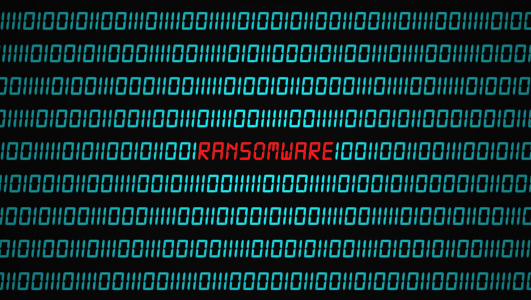The increasing prevalence of ransomware attacks poses a significant threat to critical infrastructure worldwide. According to the US Cybersecurity & Infrastructure Security Agency (CISA), critical infrastructure “is the assets, systems, and networks that are vital to the functioning of the economy, public health and national security.” Ransomware attacks that affect critical infrastructure risk having “debilitating effects” on any nation’s ability to function.
It’s time for the critical infrastructure sectors to prepare for the onslaught. Here’s how to understand what’s coming and how to fortify defenses before the damage is done.
What is ransomware?
Ransomware is a type of malware that denies the organization access to its own data files that are necessary for operations. Encrypting these files and demanding a ransom payment for a decryption key, cyberattackers endeavor to put the victim organization in the uncomfortable position where paying the ransom is the fastest, easiest, and cheapest way to regain access to the data. Untraceable digital currencies are often used to make the payoff
Why is critical infrastructure targeted?
Critical infrastructure is like a ransomware magnet. Hackers tend to focus on targets that will yield the highest impact and feel the greatest urgency. There’s nothing like interrupting the flow of clean water or electricity to upset the most people and put the most pressure on those responsible for the service. Critical infrastructure organizations are more likely to fork over the ransom than suffer the dire consequences of a halt to operations and/or the loss of sensitive data.
How successful are these attacks?
Ransomware is a rewarding business. Almost a third (31%) of the critical-infrastructure victims of a single attack choose to cough up the ransom. But whether they pay or not, the attacks don’t stop as there is an even better chance of the hacker getting paid by keeping up the pressure. Companies hit three times or more are even more likely to pay the ransom (42%). This sort of statistic encourages repeat attacks.
What can we do about the scourge of ransomware?
There are many pre-emptive and reactive steps that operators must undertake to make their operations resilient to inevitable ransomware attacks. Here are our recommendations:
Conclusion
Ransomware attacks on critical infrastructure will continue to pose a significant threat well into the future. But by implementing proactive and reactive measures, organizations can enhance their preparedness and resilience. Through risk management frameworks, strengthened cybersecurity controls, regular backups, robust incident response planning, regular employee training, and collaborative partnerships, critical infrastructure sectors can mitigate the impact of ransomware incidents. It is imperative to prioritize ransomware preparedness: continuously adapting to evolving threats and working collectively to safeguard critical systems and the uninterrupted delivery of essential services.
Contact us to find out more about Radiflow’s ICS security products and to assess your level of network segmentation.

Ransomware targets critical infrastructure. Are you ready for it?